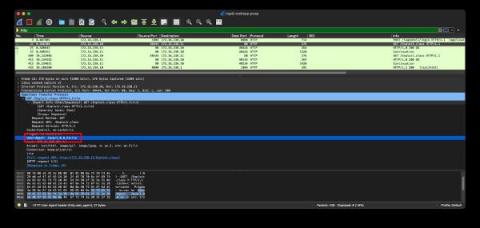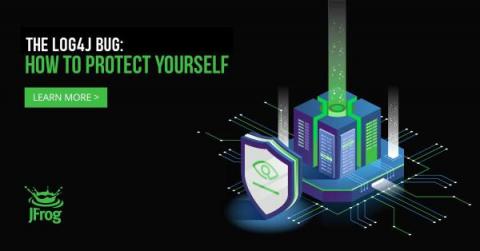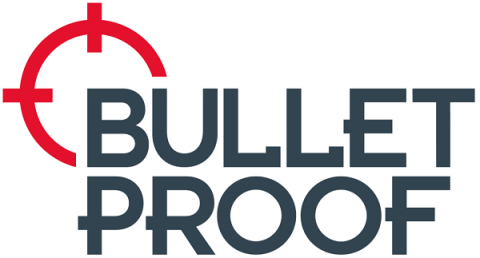CISO Interview Series: What Are Some of the Key Components to Succeeding as a CISO in Today's Business Environment?
The role of the modern CISO is more than understanding the technical side of the business. In fact, the role consists of even more than understanding the business side of the business. When I spoke with Ian Thornton-Trump, he was able to shed light on how important effective communication and team-building are to the overall success of a modern CISO. His insights can be valuable to any person currently in a CISO position and also to anyone looking to embark on the path to becoming a successful CISO.










